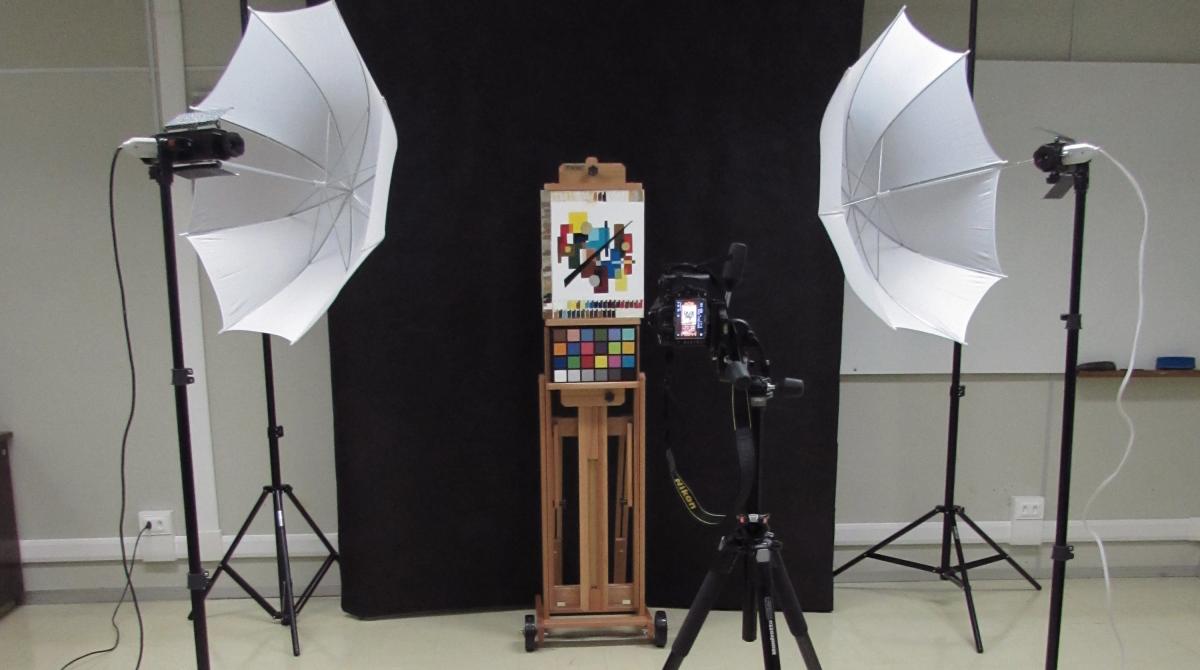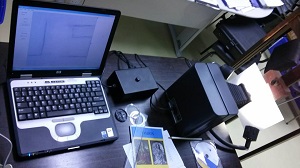Laboratories
Created in 2017, the LACAPC aims to characterize artistic and historical objects using portable equipment. Among the techniques used are X-ray fluorescence (EDXRF), Raman spectroscopy and imaging in the visible, ultra-violet and infrared regions.
Created in 1992, LAMFI's main research lines are the development and application of nuclear techniques for modification and analysis of materials and thin films. This laboratory has a pelletron-tandem particle accelerator that can reach up to 1.7MV terminal voltage, as well as an external beam line used for the analysis of artistic and historical objects.
LACIFID's main research projects are the study of defect-dependent properties of natural crystals, the development of radiation dosimeters using thermoluminescent crystals, and archaeological and geological dating.
LABENS has as main research projects the characterization of alloys and corrosion products in ethnological and archaeological metal parts, the study of artistic pictorial layers and the development of equipment and methodologies of X-ray fluorescence spectrometry for laboratory and in situ analysis. cultural goods.
Created in 1978, the Dosimetry Laboratory develops research on radiation dosimetry, radiological protection, biological effects of ionizing and nonionizing radiation, medical physics, thermoluminescent dosimetry and defects in insulating materials. It has a digital radiography system, used, among other purposes, to study art and archaeological objects.
Created in 1977, the LFNA / UEL is one of the pioneers in Brazil in the application of atomic-nuclear techniques for the study of cultural goods. Among his lines of research is the characterization of ceramics and pigments through X-ray fluorescence (EDXRF), gamma spectroscopy and Raman spectroscopy techniques.


